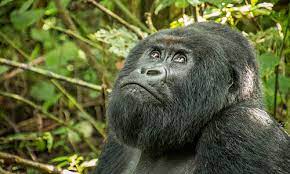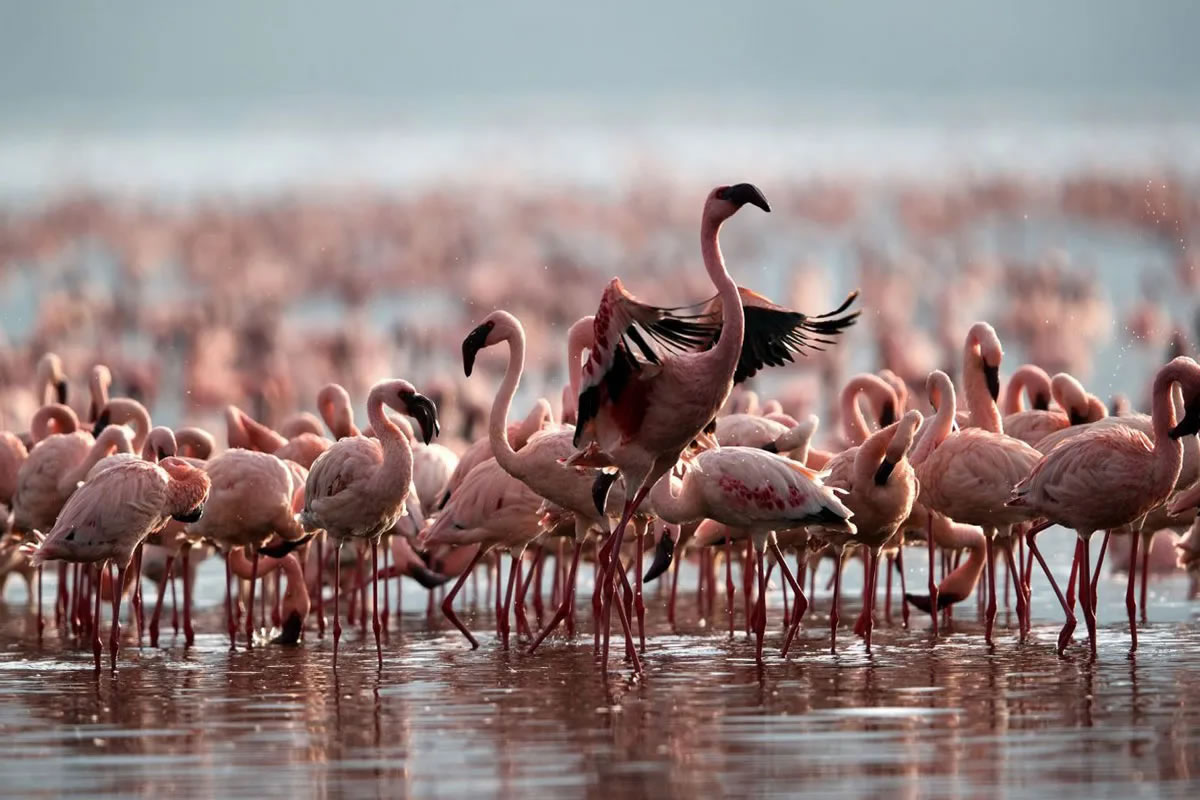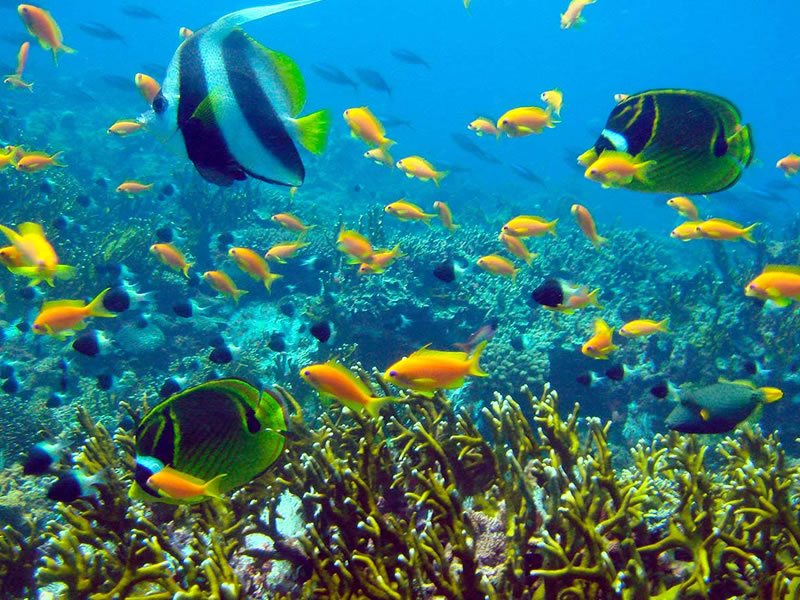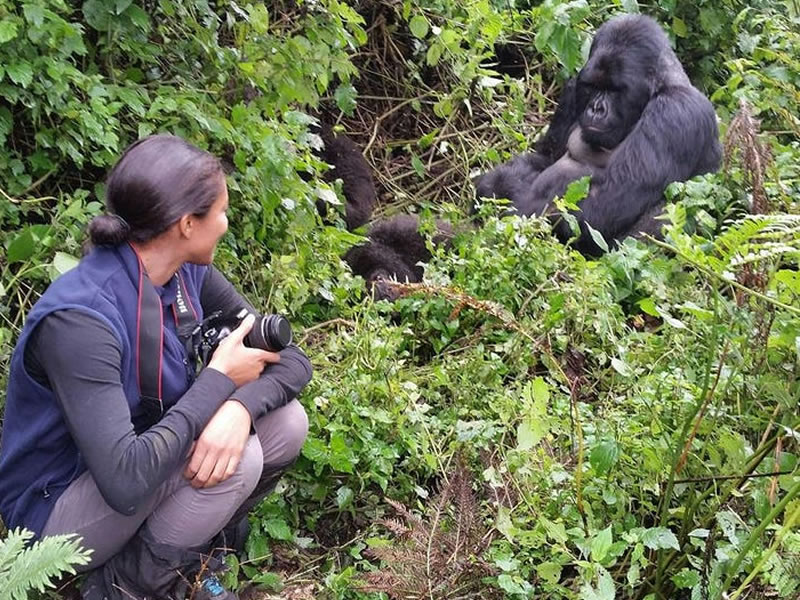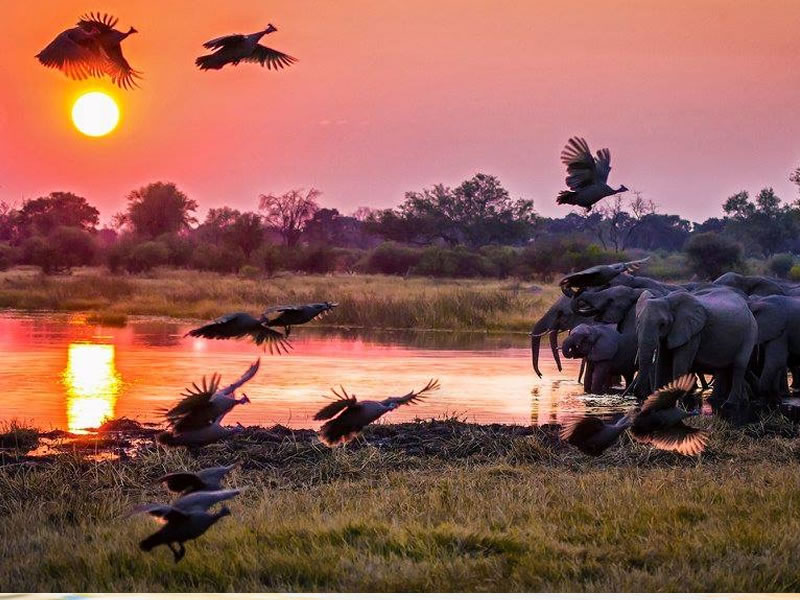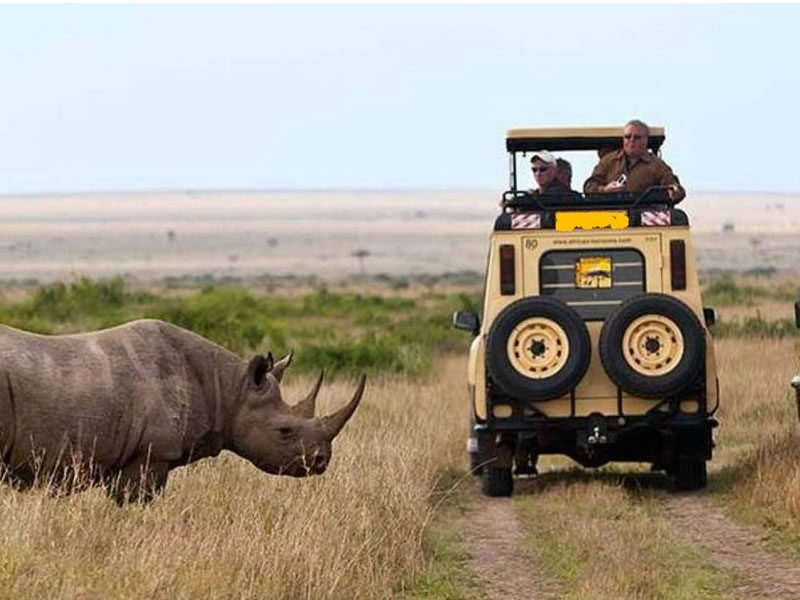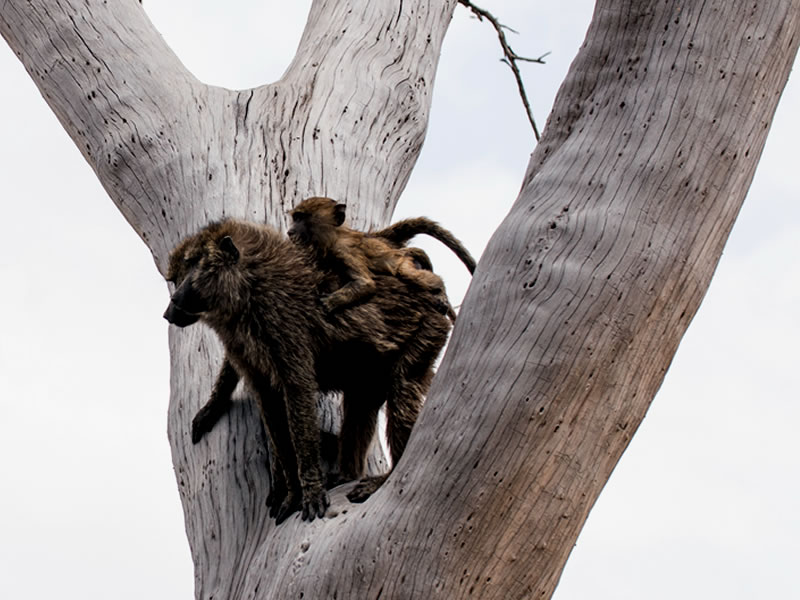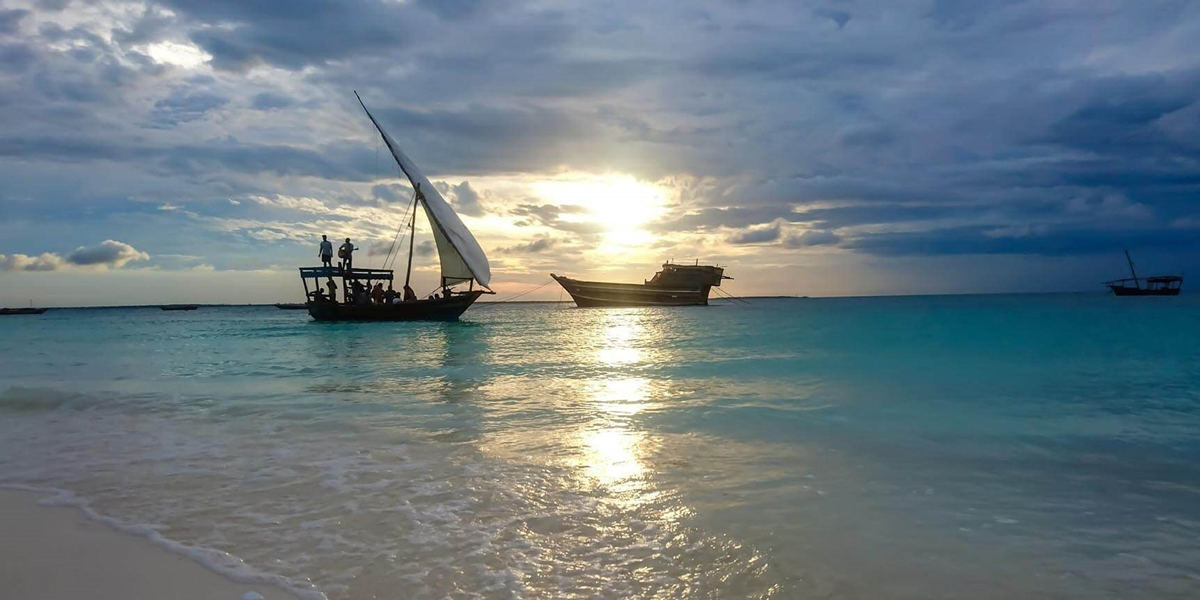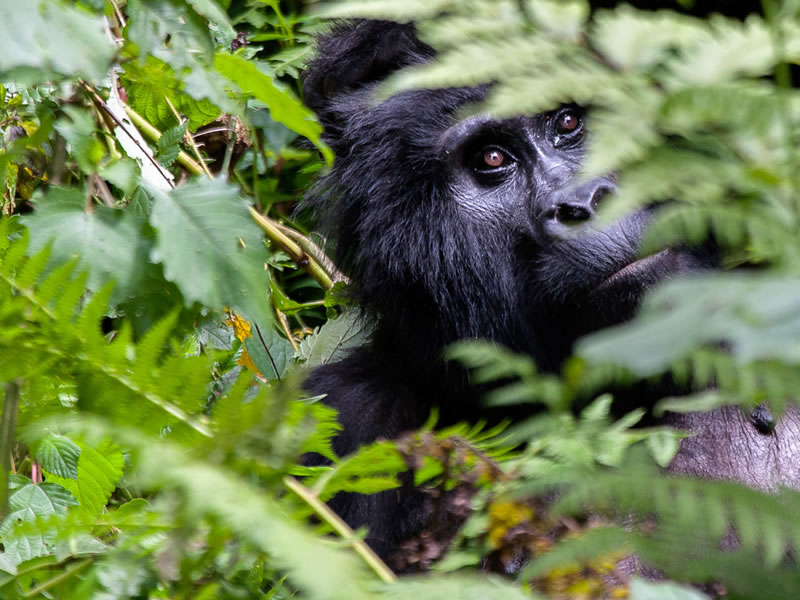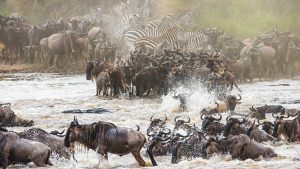
More About Serengeti National Park
The Serengeti National Park (2°19′58″S 34°34′00″E) is a large national park in Serengeti area, Tanzania. It is most famous for its annual migration of over one million white bearded (or brindled) wildebeest and 200,000 zebra.
History
The Maasai people had been grazing their livestock in the open plains which they knew as “endless plain” for over 200 years when the first European explorers visited the area. The name Serengeti is an approximation of the word used by the Maasai to describe the area. German geographer and explorer Dr. Oscar Baumann entered the area in 1892. Baumann killed three rhinos during a stay in the Ngorongoro crater.
The first Briton to enter the Serengeti, Stewart Edward White, recorded his explorations in the northern Serengeti in 1913. Stewart returned to the Serengeti in the 1920s, and camped in the area around Seronera for three months. During this time he and his companions shot 50 lions.
Because the hunting of lions made them so scarce, the British decided to make a partial Game Reserve of 800 acres (3.2 km2) in the area in 1921 and a full one in 1929. These actions became the basis for Serengeti National Park, which was established in 1951. The Serengeti gained more fame after the initial work of Bernhard Grzimek and his son Michael in the 1950s. Together they produced the book and film Serengeti Shall Not Die, widely recognized as one of the most important early pieces of nature conservation documentary.
As part of the creation of the park, and in order to preserve wildlife, the resident Maasai were moved to the Ngorongoro highlands. There is still considerable controversy surrounding this move, with claims made of coercion and deceit on the part of the colonial authorities.
The Serengeti is Tanzania’s oldest national park and remains the flagship of the country’s tourism industry, providing a major draw to the “Northern Safari Circuit”, encompassing Lake Manyara, Tarangire and Arusha national parks, as well as Ngorongoro Conservation Area.
Geography and Wildlife
The park covers 14,763 km² (5,700 square miles) of grassland plains and savanna as well as riverine forest and woodlands. The park lies in the north of the country, bordered to the north by the national Tanzania and Kenyan border, where it is continuous with the Masai Mara National Reserve. To the south-east of the park is Ngorongoro Conservation Area, to the south-west lies Maswa Game Reserve, and to the western borders are Ikorongo and Grumeti Game Reserves, finally to the north-east lies Loliondo Game Control Area.
Human habitation is forbidden in the National Park with the exception of staff for TANAPA, researchers and staff of Frankfurt Zoological Society, and staff of the various lodges and hotels. The main settlement is Seronera which houses the majority of research staff and the park’s main headquarters, including its primary airstrip.
As well as the migration of ungulates, the park is well known for its healthy stock of other resident wildlife, particularly the “Big Five”, named for the five most prized trophies taken by hunters: the lion, leopard, elephant, rhinoceros and buffalo. These species remain the key attractions to tourists, but the park also supports many further species, including the cheetah, gazelle and giraffe, as well as a large and varied bird population




